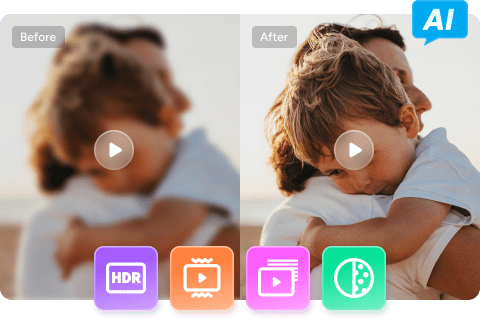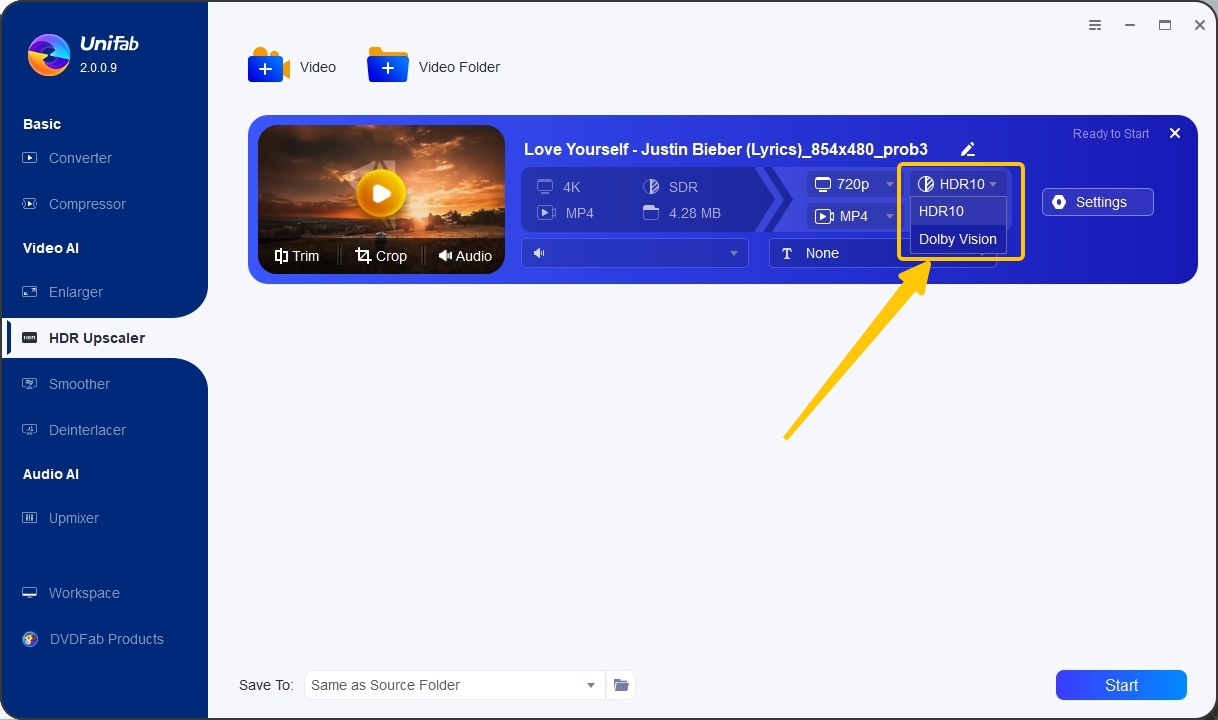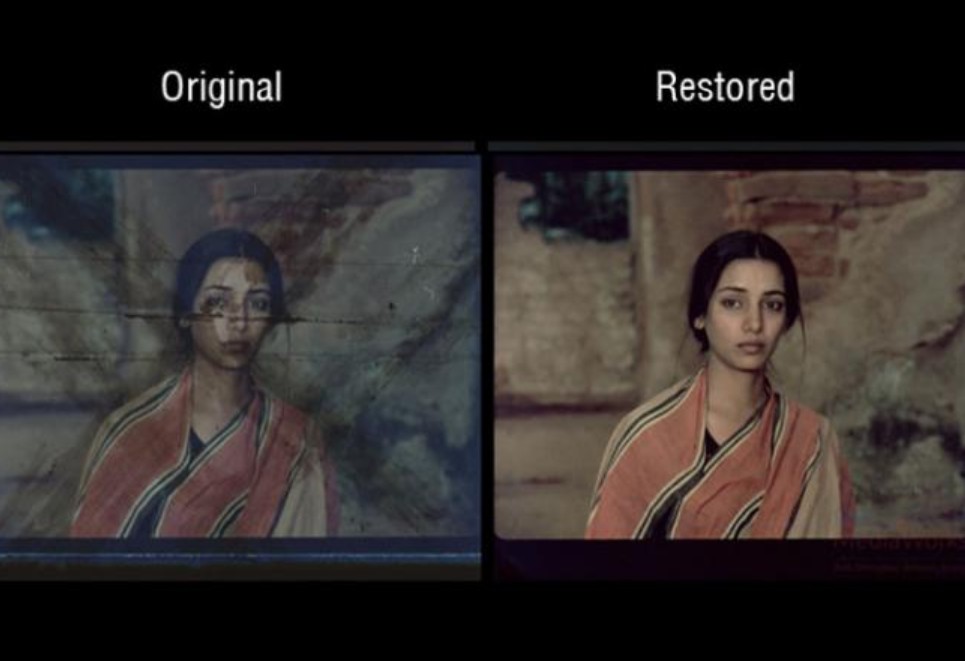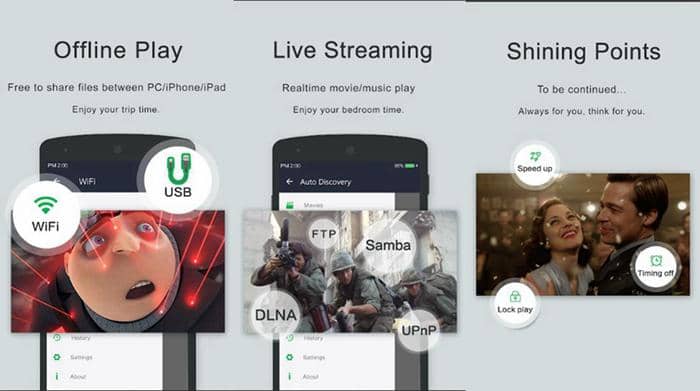Dolby Vision vs HDR10: Which is Better?
Summary: With HDR10 vs HDR10+ vs Dolby Vision as primary comparisons, we delve into the pros and cons of each format to help you decide which one offers a superior visual experience for your 4K content. Additionally, the article introduces an innovative software UniFab HDR Upscaler AI capable of converting SDR videos into either HDR10 or Dolby Vision, ensuring that your media library meets the highest quality standards of today's HDR technology.
Table of Contents
What is HDR?
The demand for high resolution, vivid colors, and realistic images has greatly increased in recent years. Before we compare the HDR10 with Dolby vision, let us have some info about HDR.
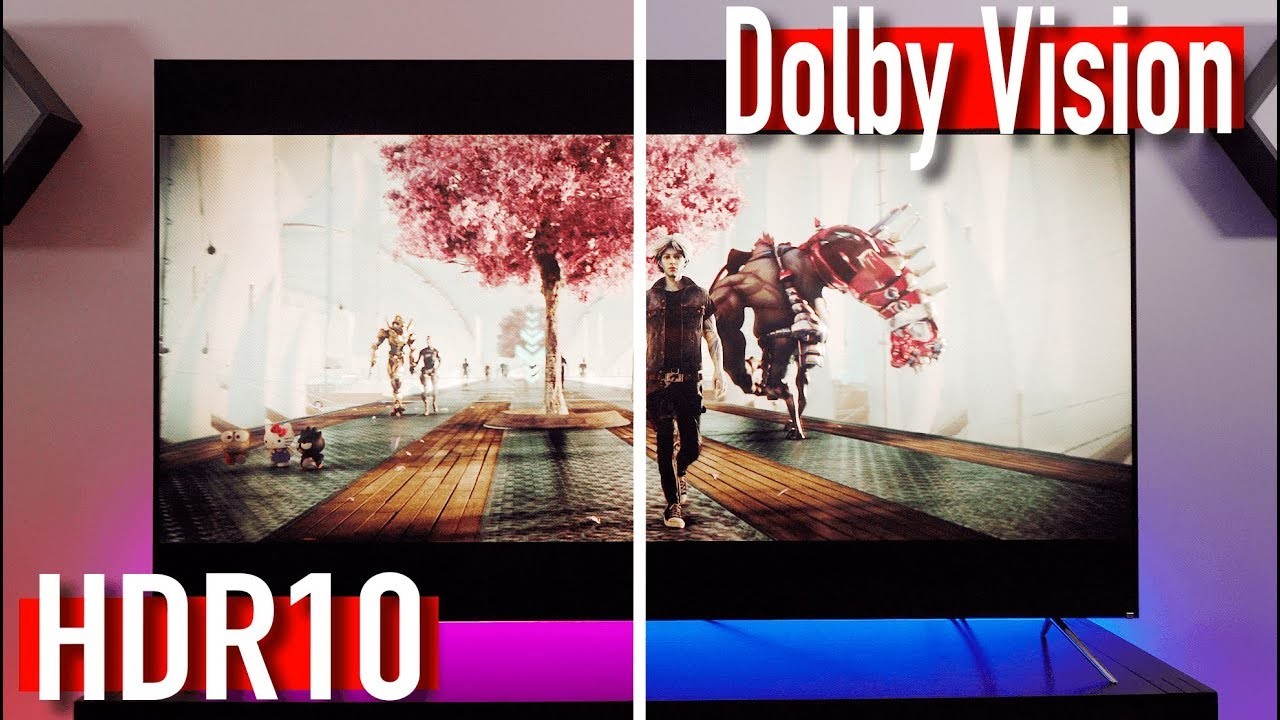
In a nutshell, HDR plans to make a realistic picture, which is nearer to that seen by people. This indicates people see a wider range of depth and colors in contrast between darker and lighter shades. Apart from only balancing contrast and colors, this technology combines adjusting and dimming brightness levels to create pictures at the highest levels of nit. Nit levels are the brightness a device can produce.
But, the HDR format still has many variants, such as HDR10, HDR10+,Dolby Vision. In this battle between HDR 10 vs HDR10+ vs Dolby Vision, let us first know what HDR10 and HDR10+ are.
What is HDR10 and HDR10+?
Both of them are the newer standards of HDR. HDR 10 was first launched by the Consumer Technology Association while HDR10+ was rolled out by Amazon Video and Samsung.
HDR10 vs. HDR10+:
| Similarities & Differences | |
|---|---|
| Similarities |
|
| Differences |
|
What is Dolby Vision
Dolby Vision is a variant of HDR that is a significant improvement over its predecessor. It has a wider range of contrast, deeper tones, more extravagant blacks, and a better on-screen contrast ratio. It also supports full power reach, so whether the scene in the first place is vivid or dim, you'll be able to experience the full power of the scene.
It also shows support for 4096 shades of primary colors, which is a 12-bit color depth. Apart from this, Dolby Vision plans at creating 10,000 nits of utmost brightness. This shows that TVs with this standard can create 10 times more brightness as compared to HDR10. However, there are very few devices that support a nit value of 10,000.
Dolby Vision is an advanced HDR design that requires a license. A few major content providers like Netflix and Amazon Video have embraced it, and many titles are still accessible in Dolby Vision.
HDR10 vs. Dolby Vision
Similarities between HDR10 and Dolby Vision
High Dynamic Range Formats
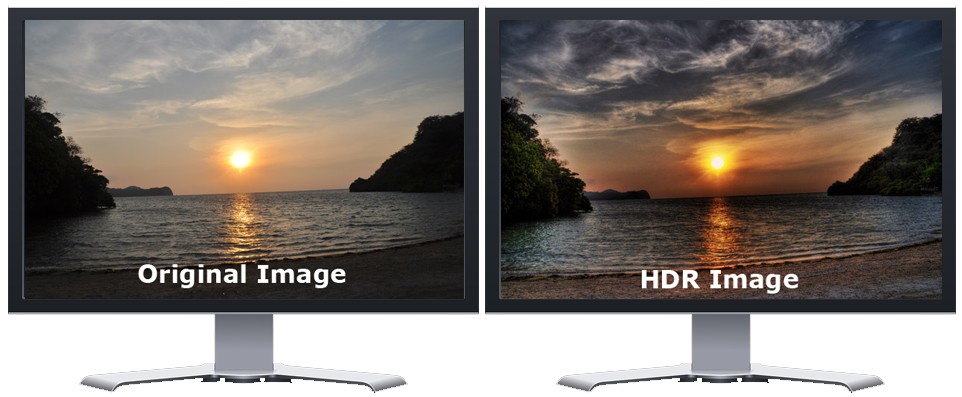
HDR10 and Dolby Vision are unique high-access presentation innovations that offer wider contrast and color perception than standard high-definition (HD) shows.
This increase in brightness allows details in dark areas to appear sharper and highlights in bright areas to appear more vivid. As a result, the viewer's sense of realism is enhanced.
See Several Colors
Dolby Vision and HDR10 are two similar ways to improve the image quality of a display. Both technologies can reproduce more realistic images by representing a wider color gamut. They can also increase the contrast between dark and bright areas of an image, making gameplay and movies more enjoyable.
Differences between HDR10 and Dolby Vision
Dolby Vision vs HDR10: Bit Depth
Dolby Vision differs slightly from HDR10 in bit depth. What is a bit of depth? The amount of bits used to address each type in the image is classified as "bit depth." The more bits, the more accurate the image.
Most modern images use 8-bit for each channel. This means that red, green, and blue are each addressed in 256 shades of dimness, meaning that approximately 16 million tones can be addressed per channel. This means that regardless of whether the image looks clear on the PC screen, it won't look good when printed out.
Images with a High Dynamic Range use 10 bits per channel, so each channel has 1 billion types (1,073,741,824 types) of colors. It considers a more sensible propagation of nuances than at any other time.
Dolby Vision maintains a 12-cycle tone, while HDR10 maintains a 10-bit tone. It takes into account 68 billion colors, certainly more than what most modern TVs have.
Dolby Vision vs HDR10: Peak Brightness
HDR10's peak brightness ranges from 1000 nits to 4000 nits, while Dolby Vision's base brightness ranges from 4000 nits to 10000 nits. Overall, Dolby Vision can display a wider range of light than HDR10.
Dolby Vision vs HDR10: Cost
You have to note that Dolby Vision is an advanced innovation created by Dolby Laboratories, while HDR10 is an open standard created by the UHD Alliance. Thus, Dolby Vision is a licensed innovation, while HDR10 is free for everyone.
HDR10 is generally more accessible than Dolby Vision because it doesn't require a license. It's also more straightforward and more affordable for organizations to, for example, Netflix to implement into their streaming services because there are no royalty fees.
Which has more Popularity, Dolby Vision or HDR10

Right now, various titles are accessible for review in HDR10. HDR10 is maintained by many people and gadgets, including the PlayStation console and many great TVs.
Another advantage is that HDR10 is open source and does not require licensing fees like Dolby Vision. In other words, while Dolby Vision requires licensing fees and royalties, HDR10 can be implemented on any device without additional cost, making it a preferred and popular technology.
Which is Best for Gaming, Dolby Vision or HDR10?
Dolby Vision is better suited for gaming than HDR because its superior features may produce better images than HDR10.
Dolby Vision uses a 12-bit color depth, while HDR10 only uses a 10-bit color depth. In other words, while "HDR10" has 10 billion colors, "Dolby Vision" can display up to 68 billion colors.
Dolby Vision delivers a wider scope of brilliance amid high contrast, creating sharper pictures and videos on the PC screen. Another key component is displaying true blacks and bright whites, making for a more vivid visual experience.
Which is best for Streaming, Dolby Vision or HDR10?
HDR10 and Dolby Vision are remembered for some gadgets and motion pictures for high-quality content. For streaming features, for example, Amazon Prime Video, Hulu, and Netflix, HDR10 is more commonly accessible and sustained on additional gadgets.
In addition to comparing HDR10 and Dolby Vision and HDR10+ vs Dolby Vision, if you are interested in SDR vs. HDR, and how to upscale video to HDR, you can use UniFab HDR Upconverter. It can be a perfect tool that can meet your requirements well.
